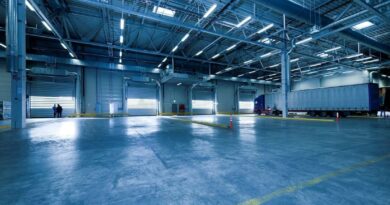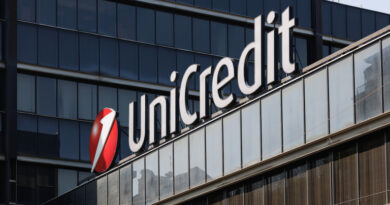Investors Remain Cautions Yet More Optimistic in 2010
Many European markets saw a rush of deals being completed towards year end. Overall, 17 out of the 26 markets monitored by CB Richard Ellis reported Q4 as having the highest quarterly turnover of 2009. – it was revealed at the annual press conference of CB Richard Ellis (CBRE).
“As a result of increased investment volume in the mature western markets a positive impact in investor confidence within the CEE region has occurred, although when this actually happened is hard to pin point. Uncertainty over economic prospects in the region prevailed in the first half of the year meaning that many investors focused their attention elsewhere. However, it is now clear that positive sentiment has returned, although investors are maintaining a very conservative approach.” -said Adrienne Konthur, Managing Director of CBRE Budapest.
European activity
Almost 40% of the annual turnover was realized in Q4. Traditionally, Q4 is the busiest quarter of the year, therefore seasonal effects have also played a part in these activity levels. Nevertheless, the trend is promising. Although the total 2009 turnover of €70 billion shows a significant decrease year-on-year compared to the volume of €121 billion reported for 2008 as a whole, CB Richard Ellis expects the European investment market to pick up on growth in 2010.
A very sharp turn-around in activity occurred in Europe during the course of 2009. Following a recovery in sentiment from around April, completed transactions picked up strongly from mid-year. Most notable was the fact that transactions in both France and Germany – the two largest markets in continental Europe – more than doubled in H2 compared to H1 2009. Investment in the UK continued to increase, with H2 growth of 64% relative to H1 2009. This was below the European average, but reflects the fact that the UK market had already started to recover by the middle of the year, earlier than most other markets. CEE experienced a particularly sharp uplift in H2, but this was coming from a very low base.
“Although turnover increased by over 300% in the CEE region in H2 2009, the overall annual volume was down 75% when compared to the volumes of 2008. Within this increased turnover the core CE countries made up over 50% of the investment volume – a noteworthy increase compared to previous years” – commented Tim O’Sullivan, Head of Capital Markets of CBRE Budapest.
CEE
Local investors drove the CEE property investment market in 2009 to a greater extent than in recent years, as many who had been priced out in recent years took advantage of the retreat by international investors to make opportunistic purchases, mostly of non-prime properties. It remains to be seen whether local investors’ higher share of turnover will become a longer-term trend or if they just took a larger slice of a smaller investment pie in 2009.
“Hungarian investment volume in total reached approximately €500 mln in 2009 (with H2 having a 77% share in total). This figure includes purchases completed by owner occupier transactions. If we exclude these the pure investment turnover stood at about €260 mln. For 2010, we anticipate the turnover to reach around €400mln of investment volume; reflecting a similar volume to that of 2009. The biggest bottleneck is the limited availability of the prime/core defensive stock which the international investor is seeking.” – summarized Tim O’Sullivan. “The buyers are there with money ready to spend – but only for the right opportunity.”
On the CEE occupational markets Gábor Borbély, Senior Analyst at CBRE Hungary commented: “Vacancy and rental pressure must be considered when purchasing a property as weaker economic performance made office take-up figures fall across the region. Vacancy rates are double-digit figures in every significant market but in Warsaw, and have been steadily rising for the last six quarters. Higher availability rates keep rental levels under attack and this is not going to ease any time soon in many markets. As demand is likely to lag behind the average of the previous half decade, vacancy (and rental pressure) can be reduced only with absorbed oversupply. This is not going to be fast and will show different dynamism across different locations, depending whether the development wave has already passed in the individual cities.”
































